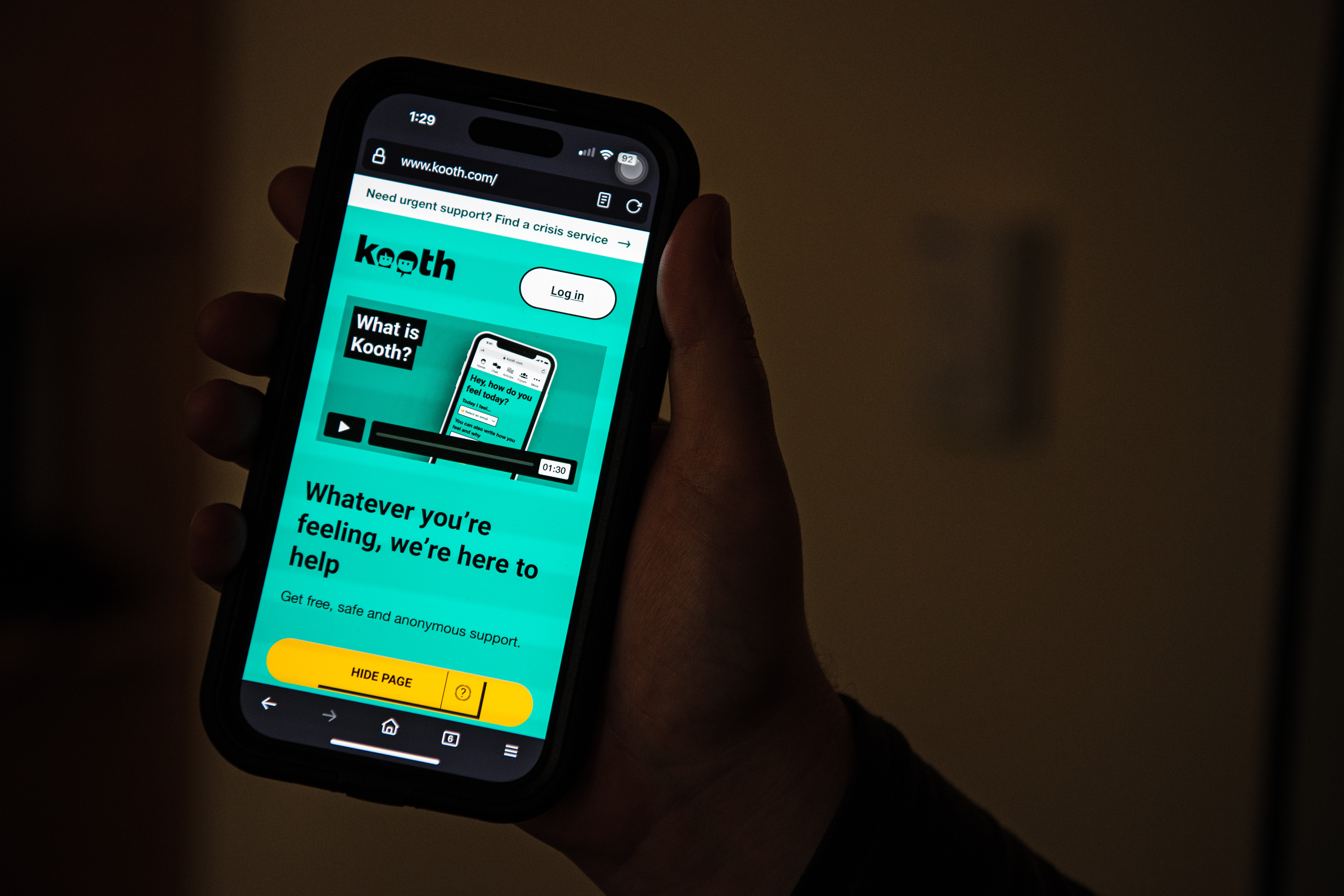You could say 5 kilometers is the perfect distance: It’s an accessible first race for new runners, and it’s a proving ground for experienced runners to measure their progress. No matter where you’re coming from or how much running you’ve done, you’ll need to prepare for a 5K race in some way. Even the most seasoned runners need to train.
There are more training plans out there than ever before. It can be hard to know which plan is the right one for you, and it can be even harder to stick to one once you’ve chosen it.
Below, we’ll help you choose the right plan, and we’ll give you all the tools you need to get off on the right foot – whether it’s your first 5K or you’re preparing for your best one yet.
What is a 5K? It’s a 5-kilometer race, or 3.1 miles
In the U.S. we tend to measure distances in miles, but races in other countries are measured in kilometers. So many of the official races in the U.S. are organized the same way to make it easier for people from across the globe to participate. Besides, a “3.1-mile race” doesn’t have quite the same ring to it.
There are thousands of 5K races that take place across the U.S. every year. Many are for fundraising or community building, and others are simply for fun. You can find a list of upcoming 5K races in Minnesota, Wisconsin and other states at Running in the USA.
A good training plan is how you’ll prepare to achieve your goals for the 5K (whatever those might be). But you may need to take a few additional steps before you get started training – and during – to make sure you have safe, productive and enjoyable workouts.
Check in with your primary care doctor or a physical therapist
Maybe it’s been a while since you’ve gone on a run, or you’ve been recovering from an injury and feel ready to get back out there. No matter where you’re coming from, the best way to approach a return to running or bolster your chances of improving your speed is to check in with your primary care doctor or see a physical therapist.
TRIA’s Running Program can help you overcome past running injuries and prevent new ones. Learn more about TRIA’s Running Program or schedule a primary care appointment.
Choose your shoes
A running assessment by a physical therapist can give you a good idea of your unique needs when it comes to running shoes. At a running-specific store, they can consider those needs, take precise measurements of your feet and observe how you move to help find the best possible shoes for you. Some runners choose to have two or more pairs of running shoes to accommodate different training needs, avoid repetitive stress and keep each pair lasting longer.
The amount of mileage you can get out of each pair of running shoes is up for debate, but it’s generally time to retire a pair after logging 400 miles in them. If you’re noticing the impact of each footfall more than before, that can be a sign that your shoes have worn out their cushion.
Fuel your runs properly
Proper nutrition is important for everyone, but a good diet is especially important for runners. While following a training plan, make sure you’re prioritizing fruits and vegetables; lean protein like poultry, fish and beans; and healthy carbohydrates like whole grain bread and pasta, oatmeal and rice. You can also include healthy fats like nuts and avocados.
As you train, you’ll discover your ideal timing between meals and running, but generally, heading out 2-3 hours after a full meal can set you up for a good run. If it’s been longer than that, a small snack 30 minutes before running can give your body a boost of energy.
Find a buddy
Solo runs offer great opportunities to collect your thoughts and enjoy some alone time. But the runs you do with a group, or even just one other person, can help you go farther and faster than you think you can, crushing your training goals.
Psychologists have studied the power of group exercise for years, and they’ve found that people tend to perform better when they’re among peers or being watched by them. The distraction of chatting with others, the desire to keep up with the pack, the accountability to show up for a 5 a.m. run when someone is waiting on you – it all adds up to some truly great, consistent training.
Map some routes
Running requires consistency, but that doesn’t mean you have to run the same old route every time you lace up your shoes – it’ll get boring, fast. And being bored with your training makes it less likely that you’ll stick to your plan.
Map out a few routes ahead of your training that you can alternate through – MapMyRun allows you to create routes and see those set by other runners in your area. Sometimes new sights are all you need to reinvigorate your training, such as exploring more of your neighborhood (if it’s safe to do so) or visiting a park or trail system.
Watch the weather and dress accordingly
Running shoes, while extremely important, are just one part of the running outfit. When running outside, take the weather into account and dress appropriately for hot or cold temperatures to avoid heat-related illness or frostbite.
Running in the cold? Take it in stride with some cold-weather running tips from TRIA.
5K training plans and schedules
How do you tell a good training plan from a bad one? It’s all pretty subjective and entirely based on your personal goals. But there are a few things all worthy training plans will have in common:
- It has you running 3-5 days a week, never seven days in a row – Most beginner runners will want to start out with running three days a week, and slowly increase frequency from there. More experienced runners typically run five days a week, but seven runs in a single week can be too hard on the body and may result in injury.
- There are some cross-training days – The plan dictates some non-running days as cross-training days. On these days, you can engage in strength training, weightlifting, stretching and cycling – all activities that work your muscles in ways that are different from running.
- There are days reserved for rest and recovery – Rest and recovery are an essential part of training for any race. Taking it seriously will help you avoid injury and progress towards your goals faster.
- It’s generally 6-12 weeks long – To be truly ready for race day, you’ll need to give yourself plenty of time leading up to it. Any training plan that says you can be ready for a 5K in three weeks with little running experience is steering you towards injury.
Running is a physical exercise, but it’s also an exercise in patience. Don’t push your body too far too fast, or you could develop an overuse injury – like shin splints – or just burn out on your training.
Beginner 5K training plans
When you’re a novice looking to get into the sport of running, a 5K race is a great goal. Here’s some plans to get you there.
- Couch to 5K – The Couch-to-5K training plan was originally developed by runner Josh Clark to help introduce his mother to running, but it’s since been backed by several reputable health experts, including the National Health Service (NHS).
- Hal Higdon – The Hal Higdon Novice 5K Training Plan lasts eight weeks and involves a combination of running and walking.
- Mayo Clinic – This seven-week training plan from Mayo Clinic is geared for beginner runners.
Intermediate 5K training plans
Once you’ve conquered one or more 5K races, you may start thinking about how to run them faster. These plans can help with that.
- Hal Higdon – The Hal Higdon Intermediate 5K Training Plan is designed for runners who’ve already raced at least one 5K distance.
- Runner’s World – This is a six-week 5K training plan for more experienced runners who want to improve their time.
- The Boston Athletic Association – The B.A.A. (the organization behind the Boston Marathon) has three levels of 5K training. For an intermediate training plan, check out level two.
Advanced 5K training plans
Looking for a personal best in a 5K? Follow one of these plans to run your fastest 5K yet.
- Hal Higdon – The Hal Higdon Advanced 5K Training Plan is for seasoned runners looking to push themselves.
- Outside Magazine – Their Advanced 5K Training Plan lasts 10 weeks, incorporating hill and track workouts.
- Marathon Handbook – This eight-week advanced training plan involves speed and threshold workouts.
Race day tips
All your hard work culminates on race day. You’ve done all the training you can – now make sure you’re primed for your race by eating right, sleeping well and sticking to your tried-and-true running routines.
- Follow the taper – Your training plan should slowly decrease the distance and frequency of your runs heading into race day. This is known as tapering. A good taper can help prevent any soreness and conserve energy so you’re ready for the main event – your 5K race.
- Stick to what you know – Through your training, you’ve likely figured out what foods help you feel best on a run, how long before a run you need to eat, and what kinds of socks your feet like. On race day, stick to what you know works well for you. In other words, don’t try anything new that you haven’t tested already in your training.
- Eat breakfast – Nerves before a race can be real, and you might not feel like eating the morning of your race, but it’s important that you give your body the fuel it needs.
- Get a good night’s sleep – It’s important to get at least a full eight hours of sleep the night before a race, but to really crush a personal best, make sure to prioritize sleep for several nights beforehand, too.
Find your footing in the world of running
Running can be an excellent form of exercise. It helps relieve stress, strengthens the cardiovascular system and works nearly every muscle in the body.
New runners may experience some aches and soreness as they settle into their running routine. However, consistent pain during runs or after them should be addressed right away. Our primary care providers, physical therapists and sports medicine specialists can help you take care of your body, so you can run for many years to come.





![Healthy Peanut Butter and Jelly Protein Donuts [gluten-free + no added sugar]](https://i0.wp.com/healthyhelperkaila.com/wp-content/uploads/2024/11/a-photo-of-a-batch-of-healthy-homemade-peanut-butt-FMRE8F5XTc-BP3l3q4rr2A-UNo_xuwAQTOkOWcC5tp1Ag-copy.png?fit=859%2C858&ssl=1)










 English (US) ·
English (US) ·